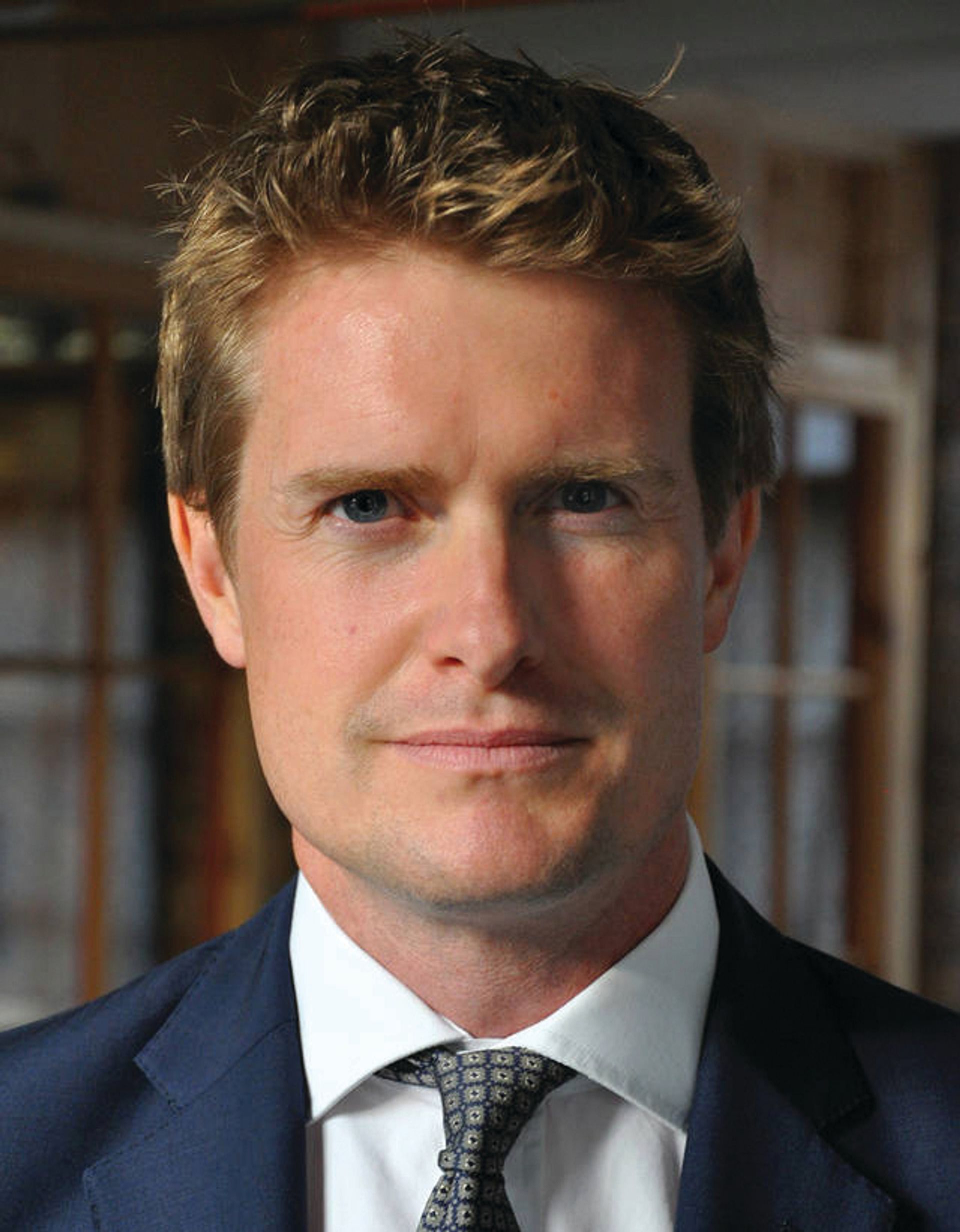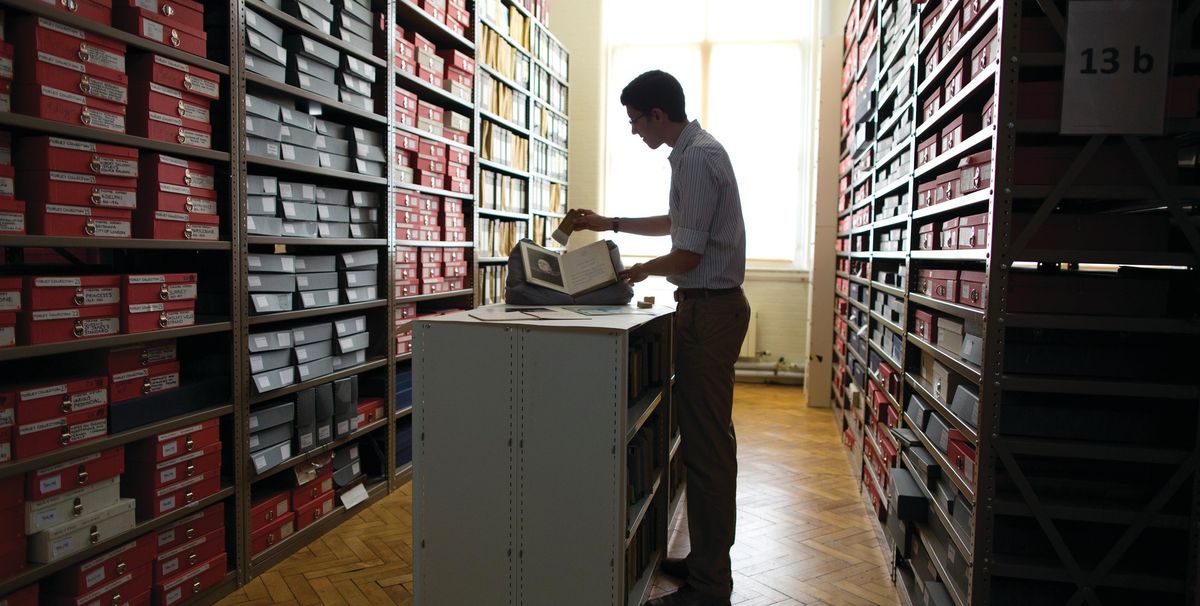Tristram Hunt, the new director of the Victoria and Albert Museum (V&A) in London, recently appeared to take an unlikely stand against the digitisation of museum collections. “Museums are rethinking the rush to digitise their collections amid concerns that such projects are costly and of little value,” wrote the Times newspaper, in a report on Hunt’s comments at the Hay Festival in Wales. Some may have assumed that Hunt, a historian specialised in 19th-century Britain and a former politician who had never before worked in a museum, had turned his back on 21st-century technology.
Responding to a question from the audience about the V&A’s use of digital technology to widen access in the regions, Hunt actually said that the museum is “involved in a massive programme of digitising [its] collections” and is “very passionate about it”. However, he added: “There’s a very big debate in the museum world about the Metropolitan Museum of Art and the amount of investment they put into digitising their collection, which means that you’re taking it away from other areas.”

The V&A has a good track record on digitisation. Almost all the 1.2 million items in the museum’s collection (excluding the National Art Library) are listed online, 475,000 of them with images. This represents an immensely valuable, freely searchable resource. The cataloguing process is ongoing, with around 80,000 images added every year. “There are no planned changes to our activity to digitise the collection,” a spokeswoman says.
In New York, the Metropolitan Museum of Art is facing financial challenges that were partly responsible for the departure at the end of June of its director and chief executive, Thomas Campbell. His tenure saw the significant expansion of the Met’s digital activity. The museum launched its Open Access policy in February, releasing all its images of public domain works in the collection copyright-free, under the Creative Commons Zero licence.
In total, the Met holds around 1.5 million objects, of which 447,000 are currently catalogued online (307,000 of them with images). The museum’s chief digital officer, Loic Tallon, says that the institution is “committed to continuing this core investment”.
The costs and complications of digitising depend on the scale of the collection. The National Gallery in London has just 2,300 paintings, so putting them online is relatively straightforward. The task is much more daunting for large, encyclopaedic collections. The Smithsonian Institution in Washington, DC, which encompasses 19 museums, has the world’s largest, with 154 million diverse objects. Ten million of them are available online—an astonishing achievement.
One of the greatest innovators in the field is the Rijksmuseum in Amsterdam. The Rijksstudio, which launched in 2012, reproduces 602,000 of the one million items in the collection and allows images to be downloaded. These can be freely used for commercial purposes. The Rijksmuseum is also unusual in revealing the costs of digitisation. The museum spends around €1.5m a year on digitising works, and there are additional costs to running the website.
Far from reconsidering the value of digitisation, museums are forging ahead with opening digital access to their collections. There seems to be consensus that, in a digital age, audiences are not only inside museums, but online.
Museums without walls: how many works are online? Smithsonian Institution, Washington, DC:
10 million works online
2.2 million with images
British Museum, London:
4.2 million works online
1 million with images
V&A, London:
1.2 million works online
475,000 with images
Rijksmuseum, Amsterdam:
602,000 works online all with images
Metropolitan Museum of Art, New York:
447,000 works online
307,000 with images
Berlin State Museums:
185,000 works onlineall with images


